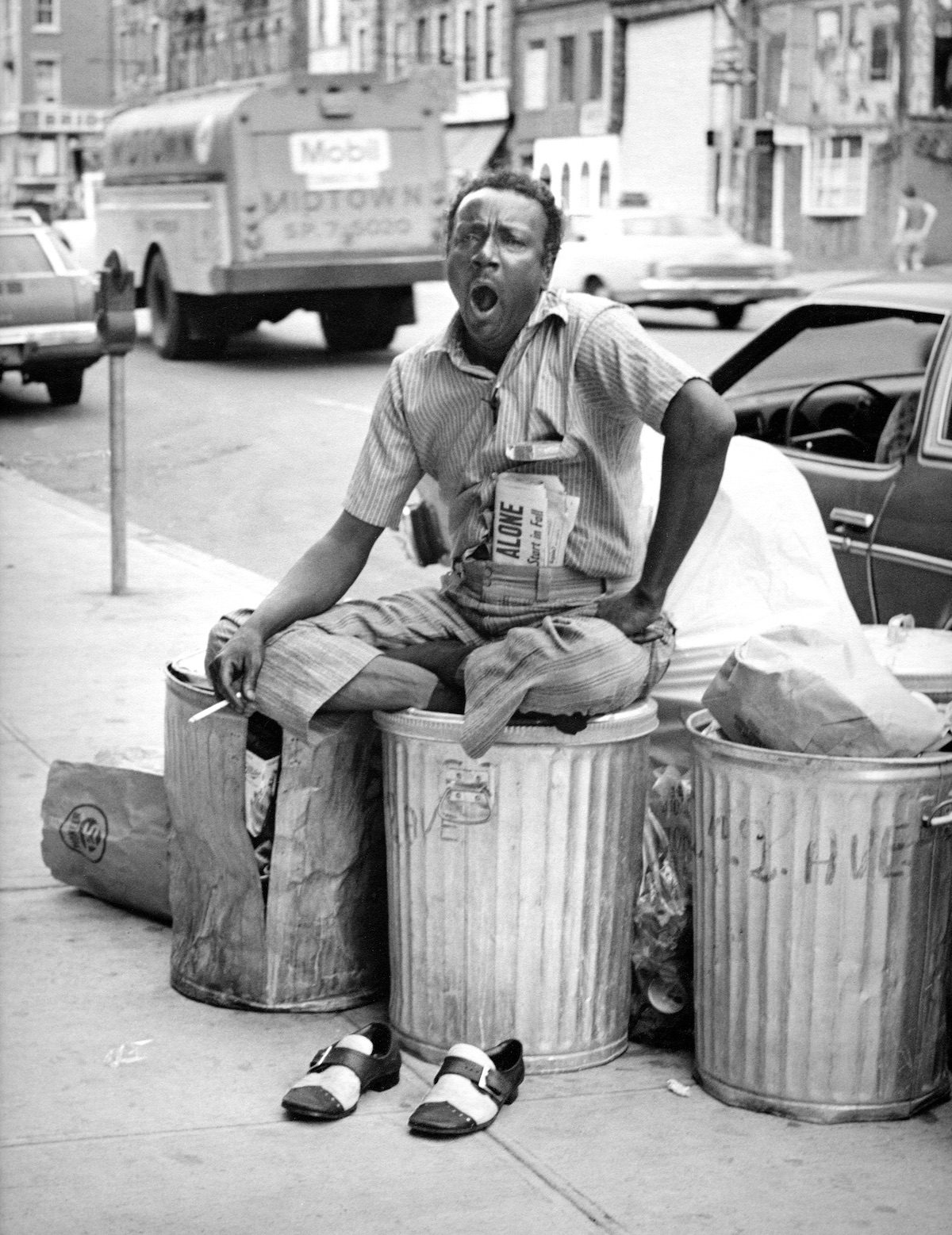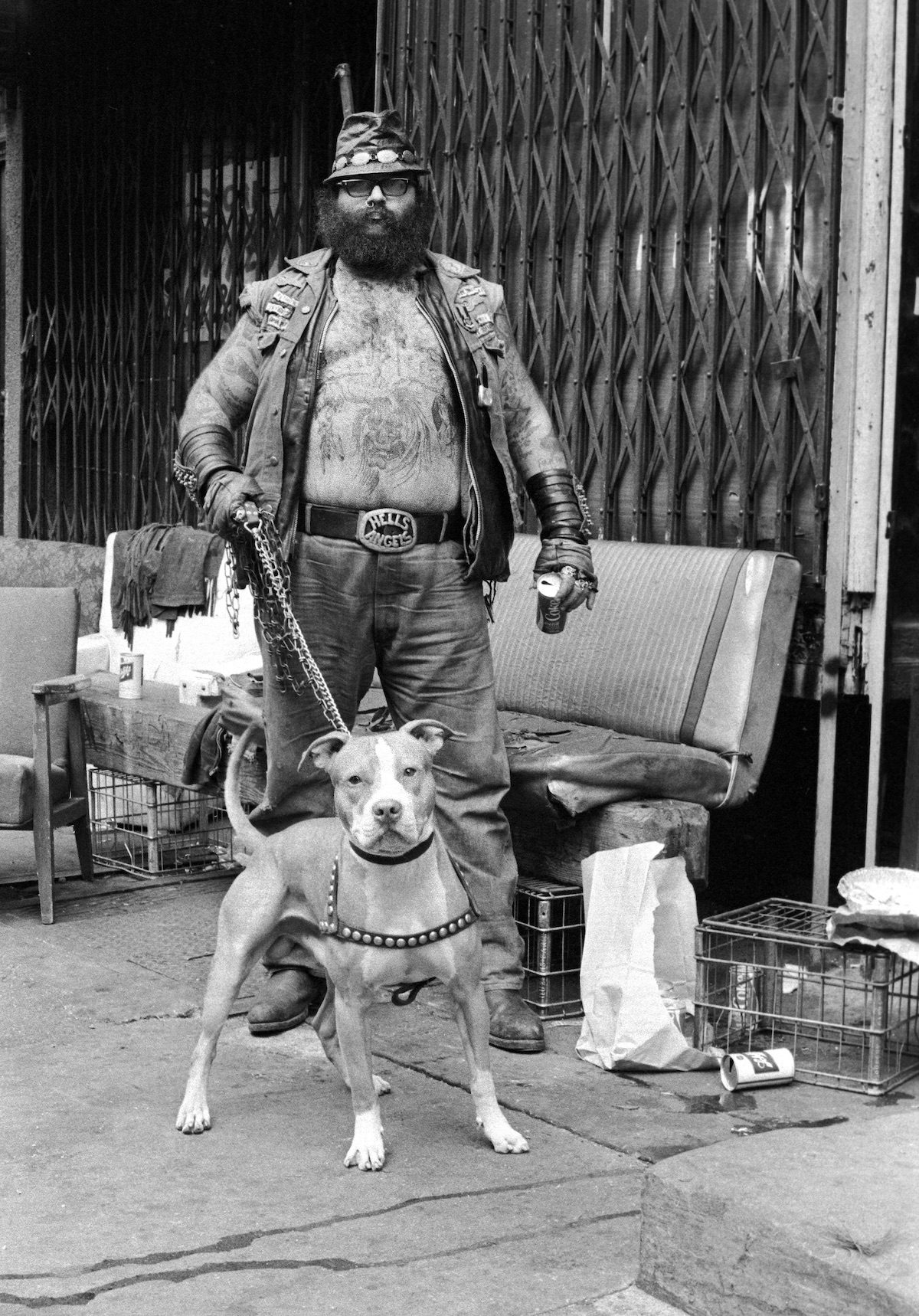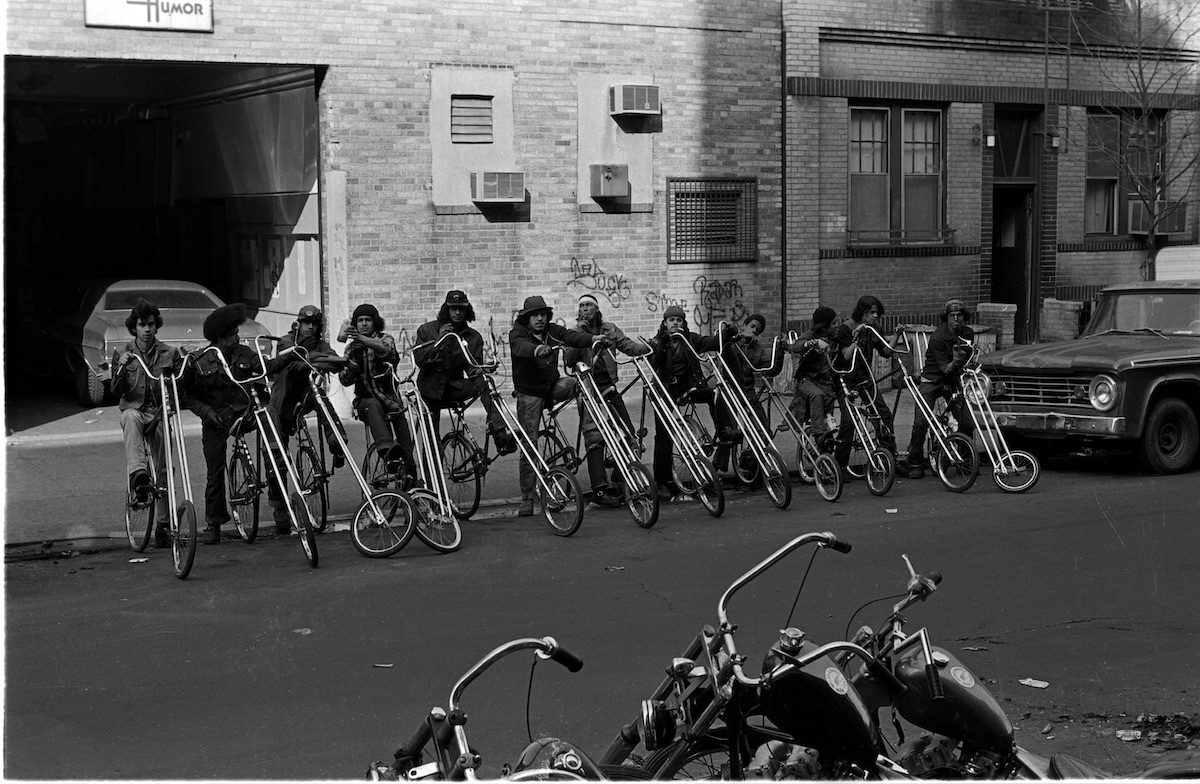
Brooklyn Bike Gang by Rich Allen – buy the print of his New York City photos in the 1970s
I guess the change from the peace-and-love generation of the mid 60s into the ‘70s was a fall from grace similar to the Roaring 20s turning to the Depression of the ‘30s. War, assassinations and Manson, it all destroyed so much of the hopes of my generation , writes Rich Allen.
Just as the ‘70s start, Roberto Clemente dies in a plane crash trying to save others caught in a disaster. In NYC, government promises to workers and benefits made in the 60s couldn’t be met. The city had to borrow to make payroll and the ever-increasing payments on money it had already borrowed.
By 1975 the city was broke. No one would lend to it. Nobody was picking up the garbage. Mental patients were let out of the asylums, onto the street. The city couldn’t afford to care, prevent the growth of crime, or slow drug abuse. The mentally ill were known as “revolving-door mental patients.” It was a policy. Free to roam the streets until they did something the police had to pick them up for; they’d be sent to Bellevue or jail, wherever, but let out again the next day to save cost. (I could identify with a few of the gentler of these souls). To help right the ship there was a big “Save New York City” rally that filled Times Square in 1975 to hear speakers like Woody Allen, Dustin Hoffman and New York’s most famous citizens. After this, Mayor Beame turned to President Gerald Ford, formally plead- ing for a federal bailout to tide the city over. Ford’s answer appeared in huge headlines the next day: Ford to City: “Drop Dead!”

Fight on 42nd Street, NYC. Buy this print.
Over time, many studies found that the refusal to help the city added billions to future budgets, since it eventually did need to address all the problems that not keeping up with the necessities had created. These photographs were taken primarily from 1973-1977. It was a gritty, real, mostly B&W New York. The pictures and people you see here could only come from this city, at this particular time.
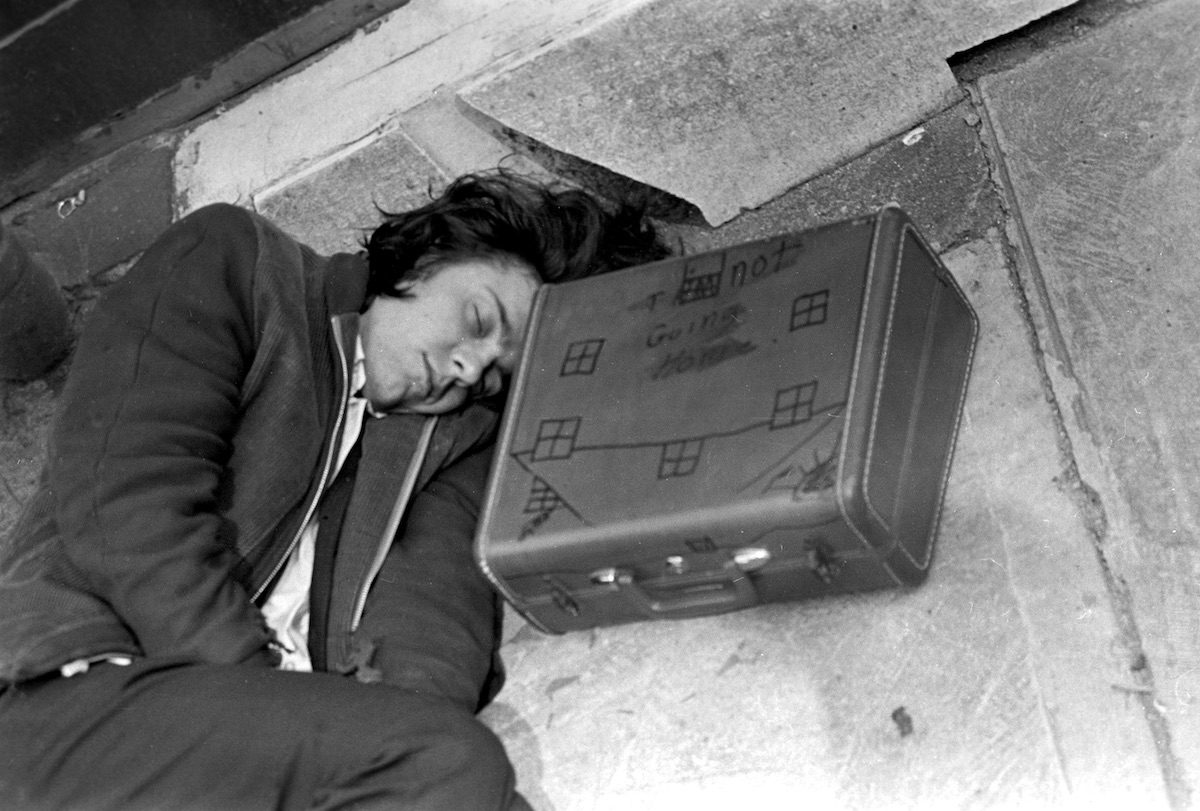
Runaway on St Mark’s Place NYC. Buy this print.
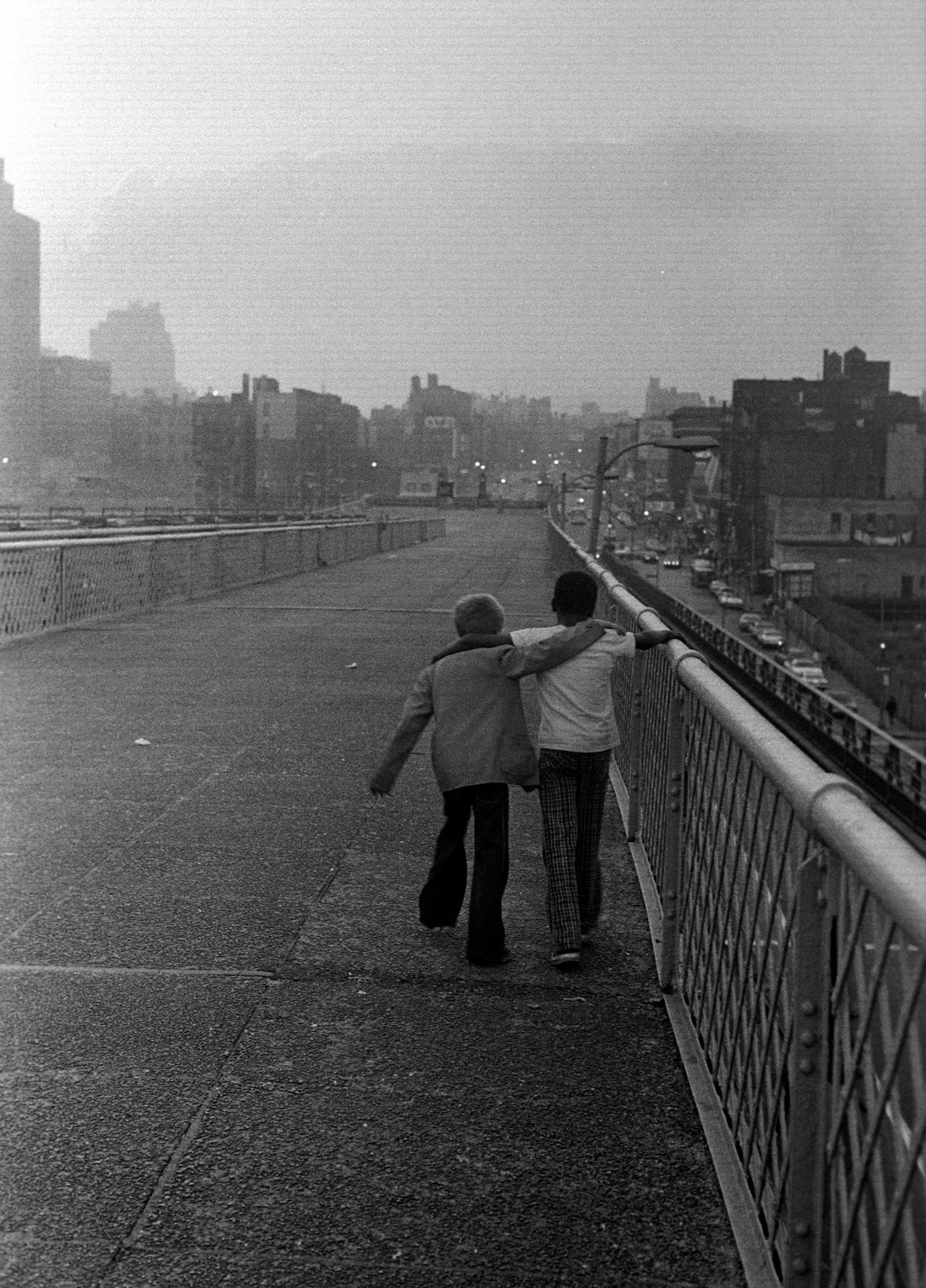
Fernando and Jeffery on Wiliamsburgh Bridge copy
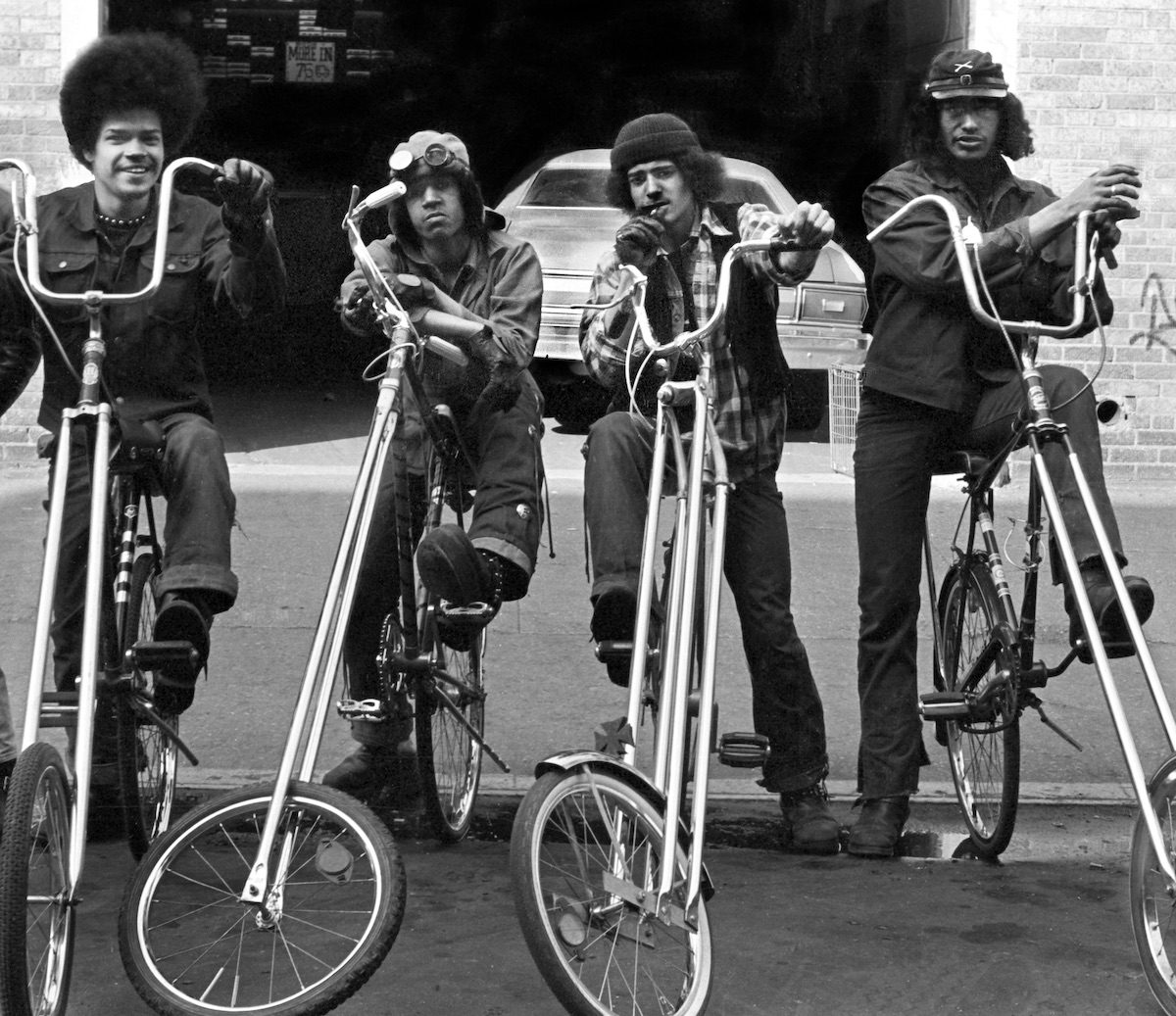
Brooklyn Bikers 4 Young Horseman of The Apocalypse. Buy this print.
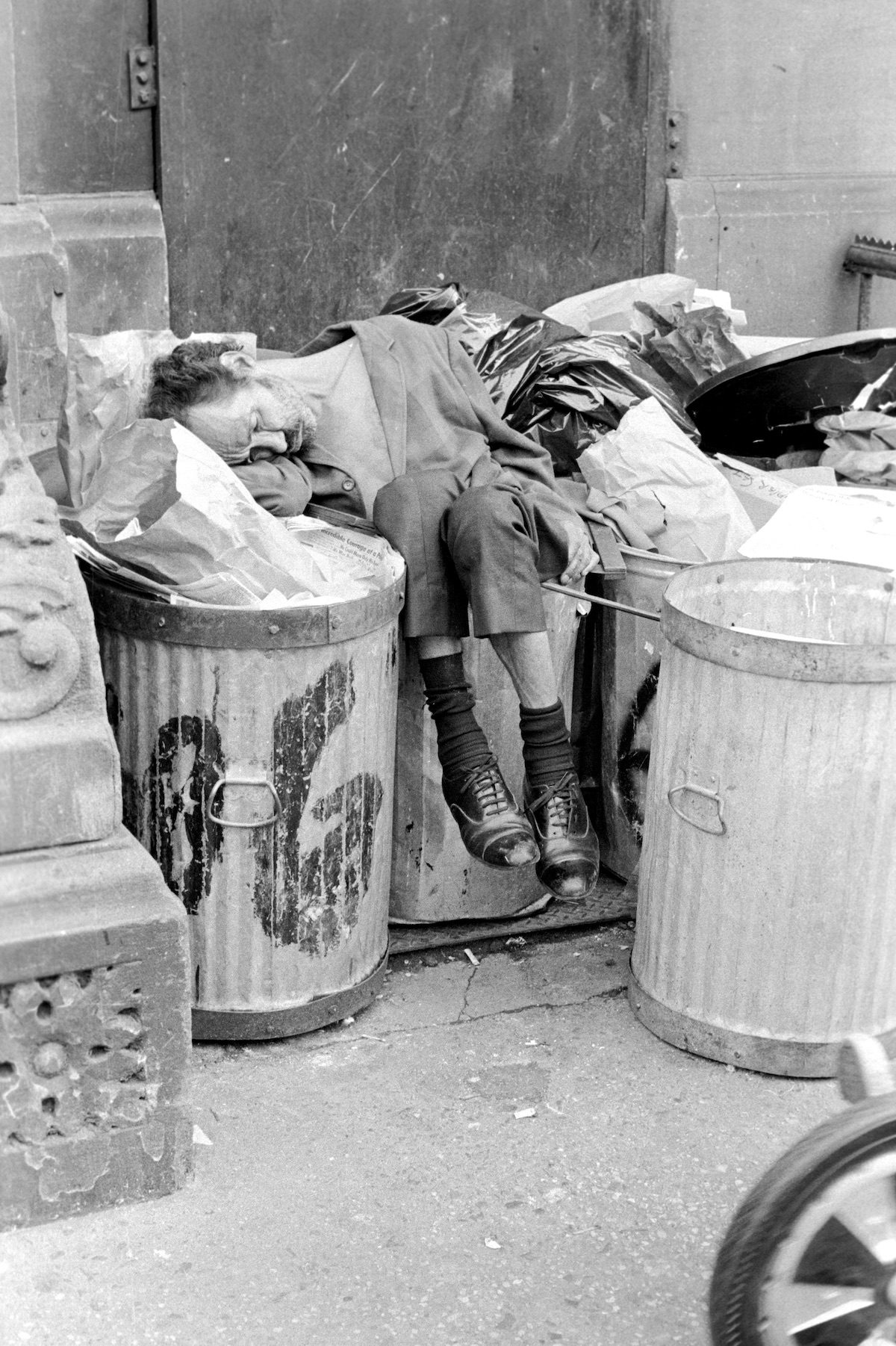
Man Near Needle Park

Fight on 42nd Street, NYC. Buy this print.
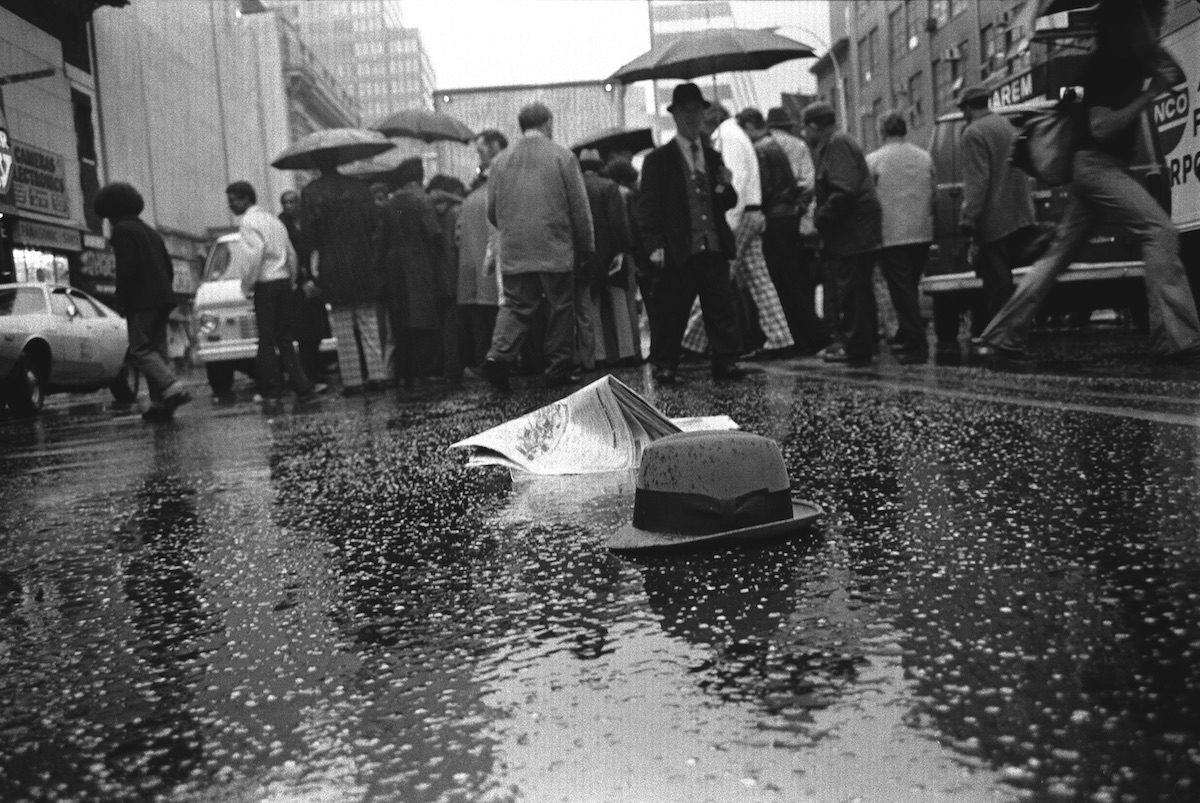
Man Hit by a van on 42nd St. Buy this print.
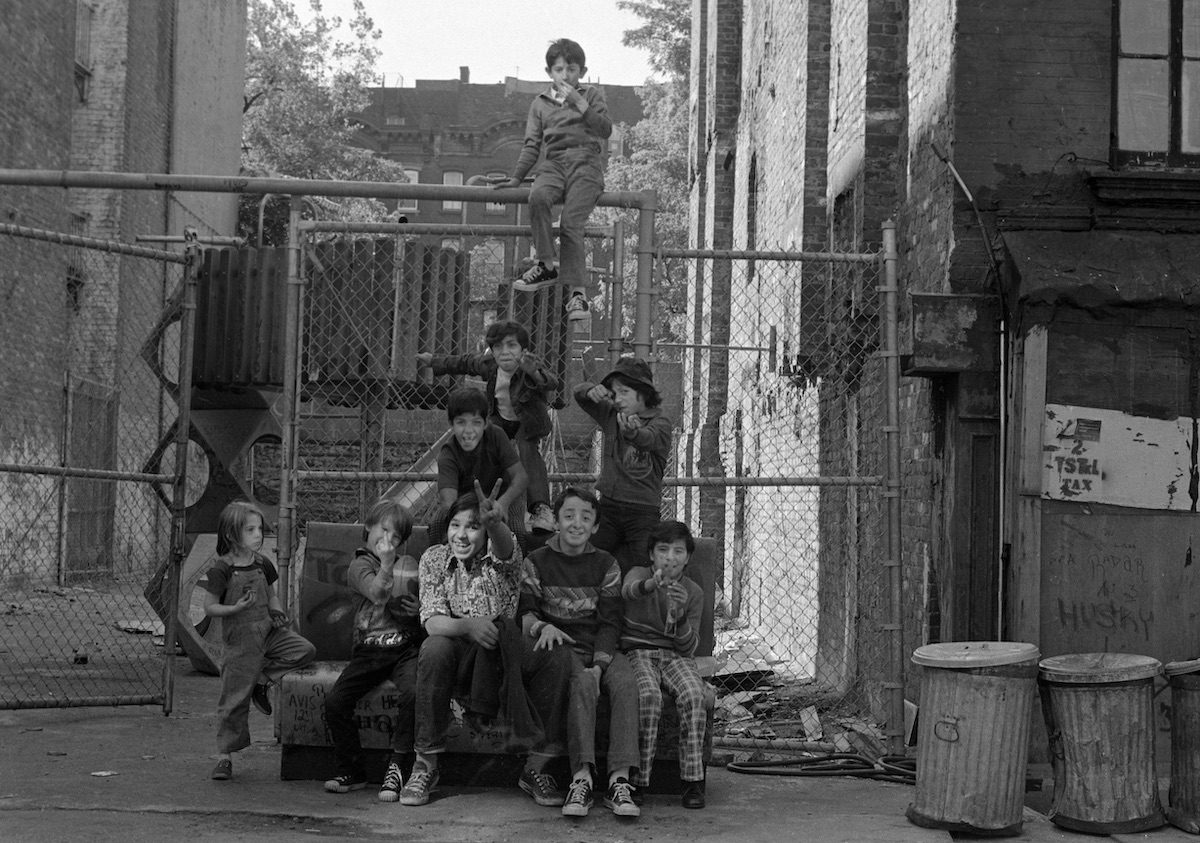
3rd St. Film Club Pyramid in the Playground at 76 E. 3rd St. New York City by Rich Allen, 1970s

Brooklyn Bikers 4 Young Horseman of The Apocalypse. Buy this print.
Buy prints of Rich Allen’s fantastic work exclusively in the shop.
Would you like to support Flashbak?
Please consider making a donation to our site. We don't want to rely on ads to bring you the best of visual culture. You can also support us by signing up to our Mailing List. And you can also follow us on Facebook, Instagram and Twitter. For great art and culture delivered to your door, visit our shop.

